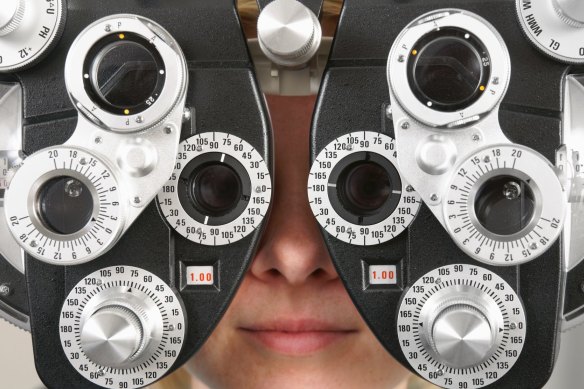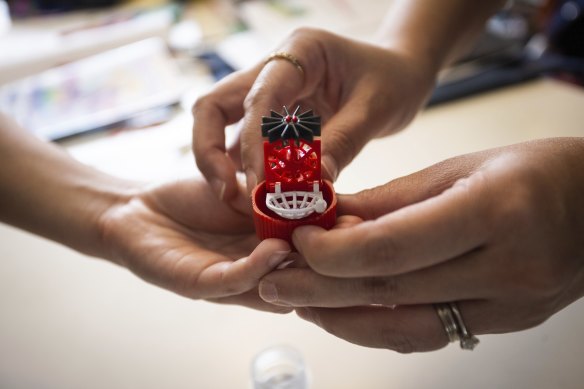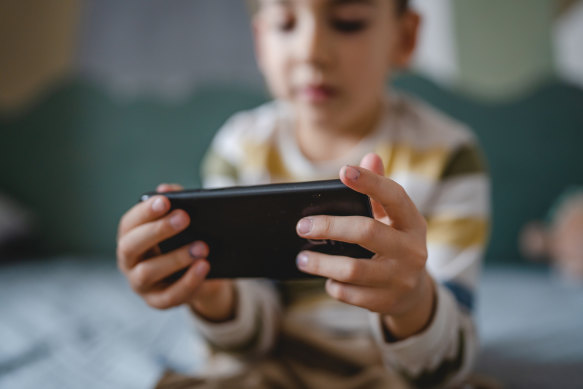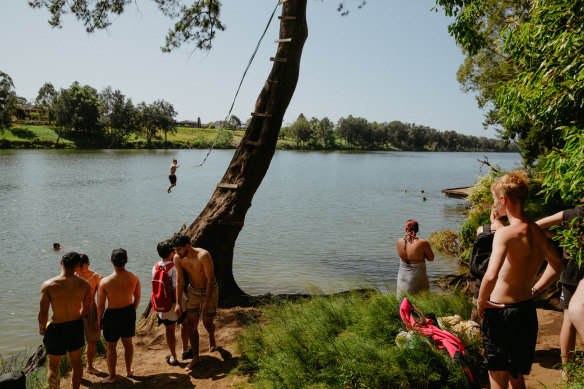In some countries, four in five kids become short-sighted. How do we avoid the same fate?
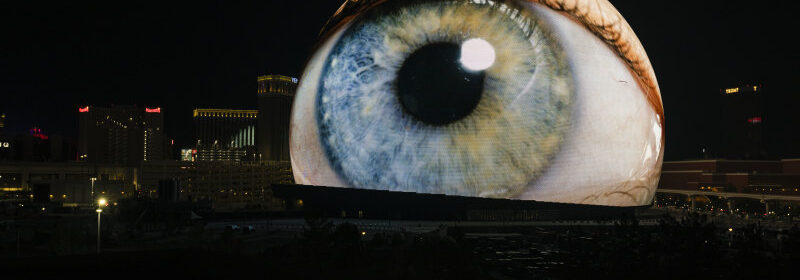
Save articles for later
Add articles to your saved list and come back to them any time.
Examine, a free weekly newsletter covering science with a sceptical, evidence-based eye, is sent every Tuesday. You’re reading an excerpt – sign up to get the whole newsletter in your inbox.
What a glorious day it would have been for study-weary Chinese kids when the president himself stood up and declared the youth of his great nation should do less homework. Parents and principals be damned!
It was 2018, and Xi Jinping was rallying his people to arrest an urgent epidemic: myopia, or short-sightedness, in children.
Too much time inside scrutinising study notes was damaging young people’s vision.
Half of all people will be short-sighted by 2050, the World Health Organisation predicts.Credit:
Xi’s government released guidelines urging parents and schools to ensure children spent at least two hours a day outside and recommended that extracurricular study and homework be significantly slashed.
He was scrambling to tackle alarming figures. Some studies in China and other East Asian countries report 80 to 90 per cent of children have myopia by the time they graduate from high school and more than 10 per cent of cases are severe.
Although we don’t know exactly why, more time indoors is associated with a greater chance of becoming short-sighted. Once myopia sets in, treatments include exposure to red light and a poisonous-mushroom antidote.
So, as the World Health Organisation predicts half of us will have myopia by 2050 and Australian optometrists report a myopia epidemic, worsened by the COVID pandemic, what clear evidence is there on treatments that work and what elements remain blurry?
Why is myopia risky?
Myopia occurs when the eyeball grows too long, disrupting the precise refraction of light through the eye’s lens so light focuses just in front of the retina rather than directly on it.
Dr Pauline Kang, senior lecturer at UNSW’s School of Optometry and Vision Science, says children’s eyes should grow by about 0.1 millimetres a year (although this varies widely due to individual factors including age and ethnicity). Anything faster could be considered myopic.
“In myopia, what happens is that the eye grows much faster than what we expect. This causes your vision in the distance to become blurry,” Kang says.
Myopia can be treated with special contact lenses worn at night.Credit: Paul Jeffers
While blurred vision is easily corrected through a pair of groovy glasses or contact lenses, the real problem is that myopia increases the risk – sometimes exponentially – of far more serious ocular issues such as glaucoma and retinal detachment.
“When the eyeball is too long, then all the tissues in the eye get stretched. That increases the risk of the child developing various eye conditions later on in life,” Kang says. “Those can be quite serious and can lead to actual blindness.”
That’s why researchers are so focused on slowing the onset of short-sightedness in children. (Speaking of which, Kang is seeking children aged six to 12 for a myopia study).
So what could curb this epidemic of elongated eyeballs?
The ‘shotgun approach’ and other treatments
Let’s start with one of the simplest yet most contentious treatments: atropine eye drops.
Atropine, a chemical found naturally in plants in the nightshade family, is an antidote to some forms of mushroom poisoning and is also used to dilate pupils before eye exams.
Researchers have been investigating its potential to slow the onset of myopia. The mechanisms by which atropine delays the elongation of the eyeball aren’t well understood – one academic review described the drops as “a shotgun approach” to myopia treatment.
The first randomised controlled trial of the drops in Australian children, published last year, found they slowed myopia progression by 35 per cent. But another US trial with a similar sample size found the drops were no better than a placebo and another study published last month found no long-term benefit in adults treated with atropine drops during childhood.
Kang says higher concentrations seem more effective but can unleash unpleasant side effects such as blurred vision and stinging eyes.
Another treatment, orthokeratology, works a bit like a retainer for teeth and is more reliable.
People insert special contact lenses overnight that temporarily reshape the eyeball so that when they take out the lenses in the morning, the elongation is corrected and they can go about their day with improved vision.
Does myopia stop at the red light?
It’s clear that red light is also effective in slowing myopia’s progression. In one experiment, researchers showed people movies with either the red light or blue light channels blurred.
Eyes became longer (more short-sighted) when the red was blurred. And they became shorter (less myopic) when the red channel was sharp.
There is mixed evidence about the effect of screen time on myopia.Credit: iStock
More research is needed to understand how specific frequencies of light affect our eye shape, but the authors of the study wrote that their findings suggested “a new non-invasive strategy to inhibit early myopia development: keeping the red image plane on a computer screen sharp”.
But while it might be tempting and obvious to blame screen time for the uptick in myopia, there’s no definite, causal effect between screen use and short-sightedness (according to this systematic review, the evidence is mixed).
The driving factor could be that more screen time means less time outside, and we know exposure to natural daylight is strongly linked to a delay in the onset of myopia.
An emerging area of research involves treating myopia with more direct wavelengths of red light, called low-level red light therapy. In one small randomised control trial, Chinese children were treated with red light or a sham device for six minutes a day.
The eyeballs of children treated with red light elongated by an average 0.02 millimetres over six months, compared with 0.1 millimetres for those treated with the sham light.
Here comes the sun
But prevention is better than cure, especially when it’s free.
Professor Kathryn Rose, head of orthoptics at the University of Technology Sydney, ran an influential study in the early 2000s on the eye health of thousands of Sydney schoolchildren that helped get the ball rolling on the realisation that more time outside can head off myopia.
The more time kids spend outside, the less chance they have of developing myopia.Credit: Dion Georgopoulos
Rose recommends spending 10 to 15 hours outside a week, in line with the Melbourne Myopia Clinic’s recommendation of 1½ hours a day. More specifically, a meta-analysis of 51 clinical trails and longitudinal studies found that 76 minutes spent outdoors each day halved the risk of myopia. And it’s best if the exposure begins by the age of six. The caveat is that studies have found that once myopia sets in, outdoor time doesn’t help slow it down.
As a final note, whether your eyes are myopic like mine or hyperopic (farsighted), turn them to the night sky on Wednesday and Thursday night, around midnight.
The Geminid meteor shower, the most dazzling shower of the year, will be putting on a show, and it promises to look spectacular whether you’re watching through specs or the naked eye.
The Examine newsletter explains and analyses science with a rigorous focus on the evidence. Sign up to get it each week.
Most Viewed in National
From our partners
Source: Read Full Article

